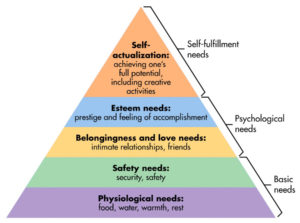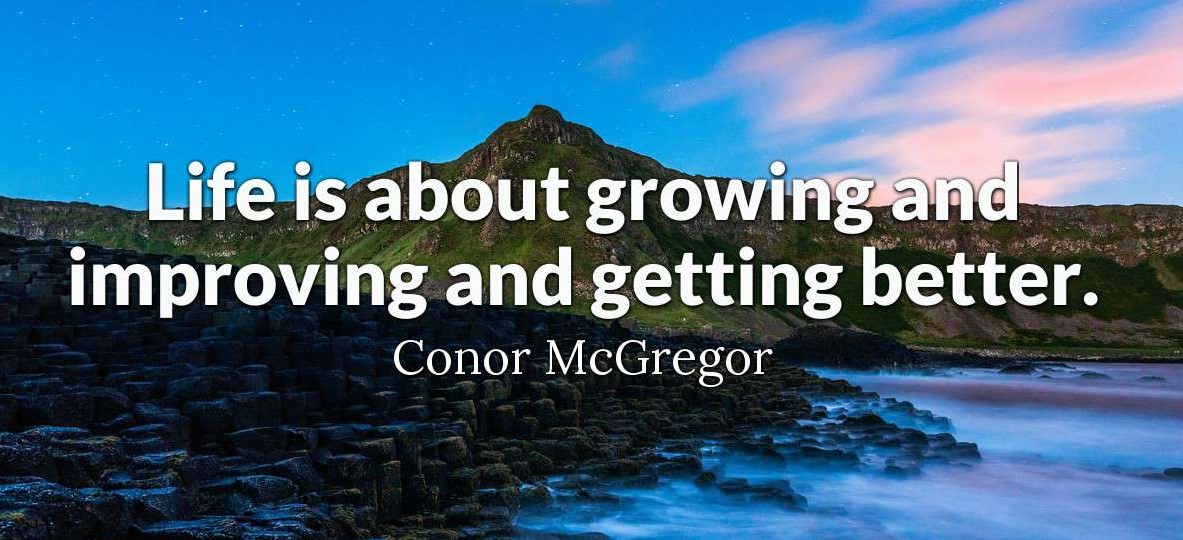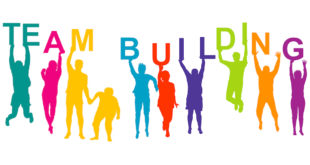Abraham Maslow’s hierarchy of needs is one of the best-known theories of motivation. This hierarchy suggests that people are motivated to fulfill basic needs before moving on to other, more advanced needs.
From the bottom of the hierarchy upwards, the needs are: physiological, safety, love and belonging, esteem and self-actualization.

Physiological needs – these are biological requirements for human survival, e.g. air, food, drink, shelter, clothing, warmth, sleep.
If these needs are not satisfied the human body cannot function optimally. Maslow considered physiological needs the most important as all the other needs become secondary until these needs are met.
2. Safety needs – protection from elements, security, order, law, stability, freedom from fear.
3. Love and belonging needs – after physiological and safety needs have been fulfilled, the third level of human needs is social and involves feelings of belonging. The need for interpersonal relationships motivates behavior
Examples include friendship, intimacy, trust, and acceptance, receiving and giving affection and love. Affiliating, being part of a group (family, friends, work).
4. Esteem needs – which Maslow classified into two categories: (i) esteem for oneself (dignity, achievement, mastery, independence) and (ii) the desire for reputation or respect from others (e.g., status, prestige).
Maslow indicated that the need for respect or reputation is most important for children and adolescents and precedes real self-esteem or dignity.
5. Self-actualization needs – realizing personal potential, self-fulfillment, seeking personal growth and peak experiences.

Every person is capable and has the desire to move up the hierarchy toward a level of self-actualization. Unfortunately, progress is often disrupted by a failure to meet lower level needs. Life experiences, including divorce and loss of a job, may cause an individual to fluctuate between levels of the hierarchy.
Therefore, not everyone will move through the hierarchy in a uni-directional manner but may move back and forth between the different types of needs.
Although there has been criticisms to this thoery, Maslow’s hierarchy of needs is one of the best-known theories of motivation.
 Notes To Myself My Life Notes
Notes To Myself My Life Notes



